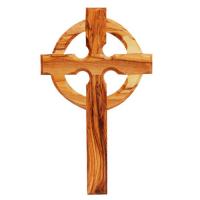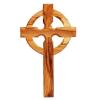The project to create a module from The Jewish Encylopedia 1906 is still ongoing but slowly to due certain issues that becoming quiet frustrating.
Overall The Jewish Encyclopedia has 15000+ entries which take up 12 print volumes, as there is no workable source material in either PDF or MS-Word format I have to rely on The Jewish Encyclopedia website. This means that I have to copy each entry from the website into Tooltip one at a time in order to create the module. This is very time consuming but I can and do work quickly.
The biggest problem I have run into is that many of the entries include images such as photos, sketches, and tables. For some reason I cannot seem to figure out, images in certain entries will not appear when viewing the module in e-Sword's Dictionary window. Most of the images work but as I said some will not. I have made repeated attempts to get the problem images to work but with no luck.
I am going to continue to work on this project and hopefully get everything working correctly. If anyone as any insight into this image issue your help will be greatly appreciated.
As of this post I have created module entries for all of The Jewish Encyclopedia that start with the letter A, this project will take time so please be patient.
If anyone wants to collaborate on this project I will welcome the help
TJ






 Find content
Find content Not Telling
Not Telling




 Posted by
Posted by 
